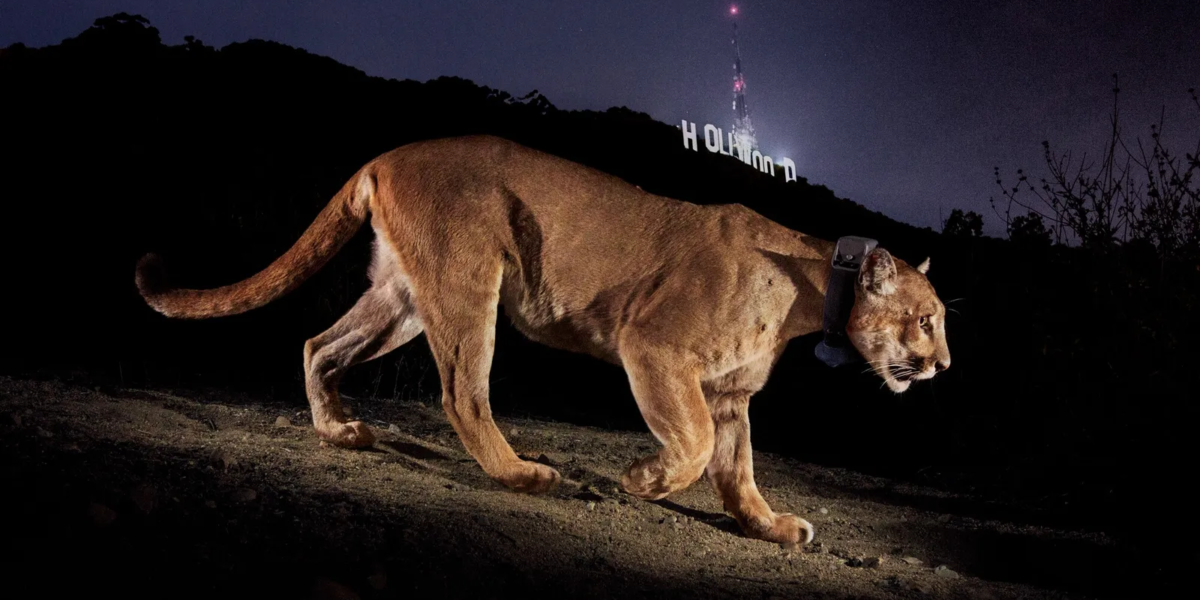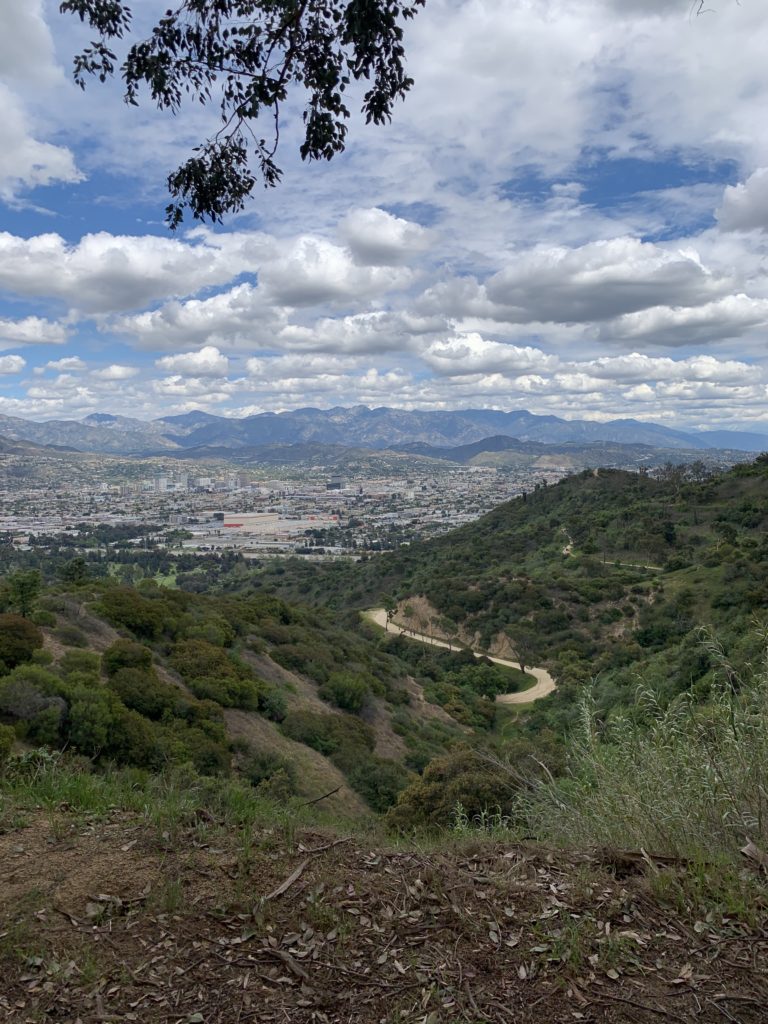
What’s Next for California Cougars After the Death of Legendary P-22?
With a celebrity status befitting his Hollywood Hills home, the big cat’s demise leaves even bigger questions for the future of local wildlife.

Steve Winter / Courtesy NPS.gov
The story of P-22 is as legendary as a Hollywood script. The bachelor puma lived in the heart of Los Angeles, and traversed two major freeways—the 405 and the 101—to get from the Santa Monica Mountains to Griffith Park, where he shared eight square miles of parkland with hikers and locals right underneath the Hollywood sign, a very small patch of habitat for a big cat. The lone cougar captured the hearts of Angelenos, inspiring museum exhibits, a 23,000-member fan club and, eventually, game-changing conservation efforts that include an $85 million wildlife crossing. His passing in December 2022 resulted in an outpouring of love from city-dwellers who considered him a neighbor. Tributes included memorial hikes, ofrenda altars, indigenous Tongva artworks, and even condolence Tweets from California Governor Gavin Newsom.
Undoubtedly one of L.A.’s most beloved ambassadors for urban wildlife conservation, P-22’s absence has left an enormous hole in Angelenos’ hearts. But it’s also shined a light on the importance of conservation in wildlife-adjacent areas.
P-22 had a myriad of ailments at the end of his life, including severe weight loss, mange, and general decline from having been struck by a car—all of which contributed to the decision to euthanize him on Dec. 17. According to the California Department of Fish and Wildlife, “It is an eventuality that arises from habitat loss and fragmentation, and it underscores the need for thoughtful construction of wildlife crossings and well-planned spaces that provide wild animals room to roam.”

Hugh Garvey
Roads and development are not only proving deadly for animals trying to cross, but have also created islands of habitat that can genetically isolate all wildlife—from bobcats to birds to lizards. “The species most immediately at risk, the mountain lion, could vanish from the area within our lifetime,” says the Save LA Cougars website. As with many L.A. men on dating apps, traversing highways was indeed a barrier for P-22, who was never able to find a mate in his habitat.
The first person to spot P-22 in 2012 was Miguel Ordeñana. Ordeñana, now the Senior Manager of Community Science at the Natural History Museums of Los Angeles County (NHMLAC), was working on the Griffith Park Connectivity Study about how the wildlife in the massive urban park connects to the rest of the city. He and his team set motion-sensing camera traps to collect images, eventually capturing a rare snapshot of the fetching feline. The images proved that wildlife was more connected to the parkland than originally thought.
“We are very saddened by the loss of P-22, an iconic ambassador for wildlife in Los Angeles,” said Ordeñana. “He created a better understanding of the coexistence of urban wildlife, humans, and L.A.’s biodiversity… Even in his death, P-22 continues to inspire L.A. to embrace urban wildlife conservation and the nature that surrounds us.”
As for what’s next for California cougars like P-22, it remains to be seen. What P-22’s run-ins do highlight, though, is the importance of protecting corridors for wildlife to be able to traverse the ever-expanding city landscape. Hopefully once the Wallis Annenberg Liberty Canyon Wildlife Crossing project is completed, it will allow cougars and other wildlife in the region to traverse the Santa Monica Mountains National Recreation Area, the largest urban park in the country.
In the spirit of continuing the scientific legacy, NHMLAC will continue to share his story through their permanent exhibition The Story of P-22, L.A.’s Most Famous Feline, which first opened in 2017 at the museum and documents the puma’s journey through graphics, projections, photography, and video. The exhibition includes footage of the cougar being collared and moving through his territory at night, and explores survival challenges that he and all of Southern California’s mountain lions face living in L.A.’s backyard.
Read the Current Issue Here!
Get one year of Sunset—and all kinds of bonuses—for just $29.95. Subscribe now!
